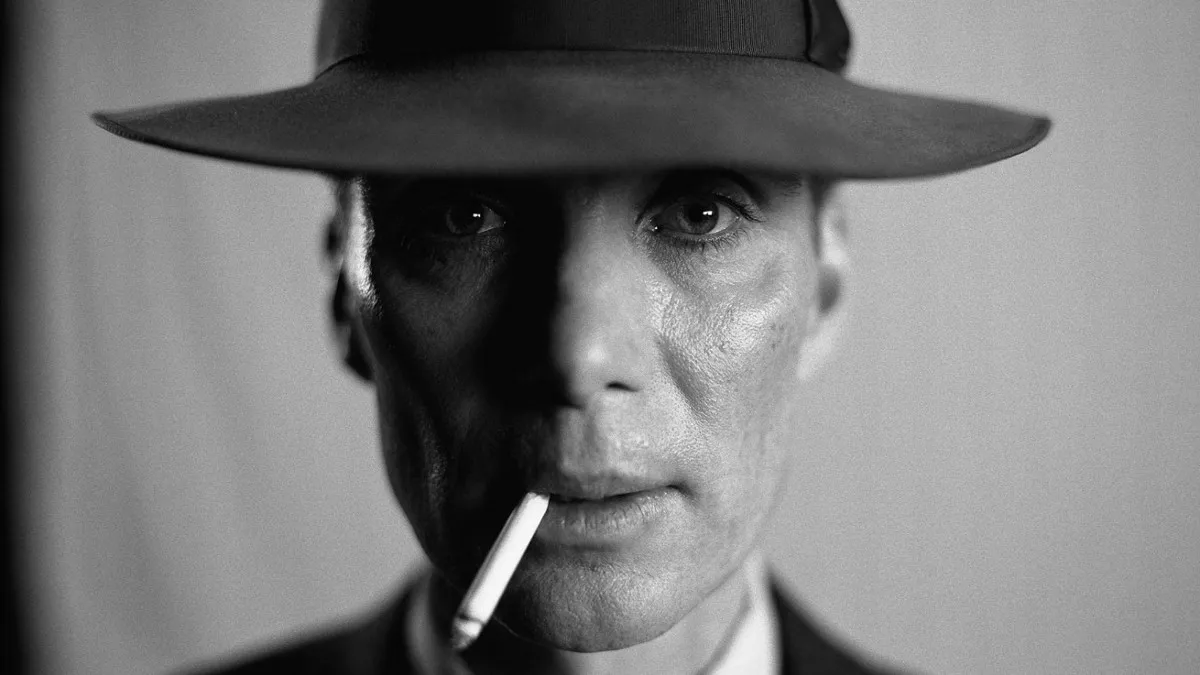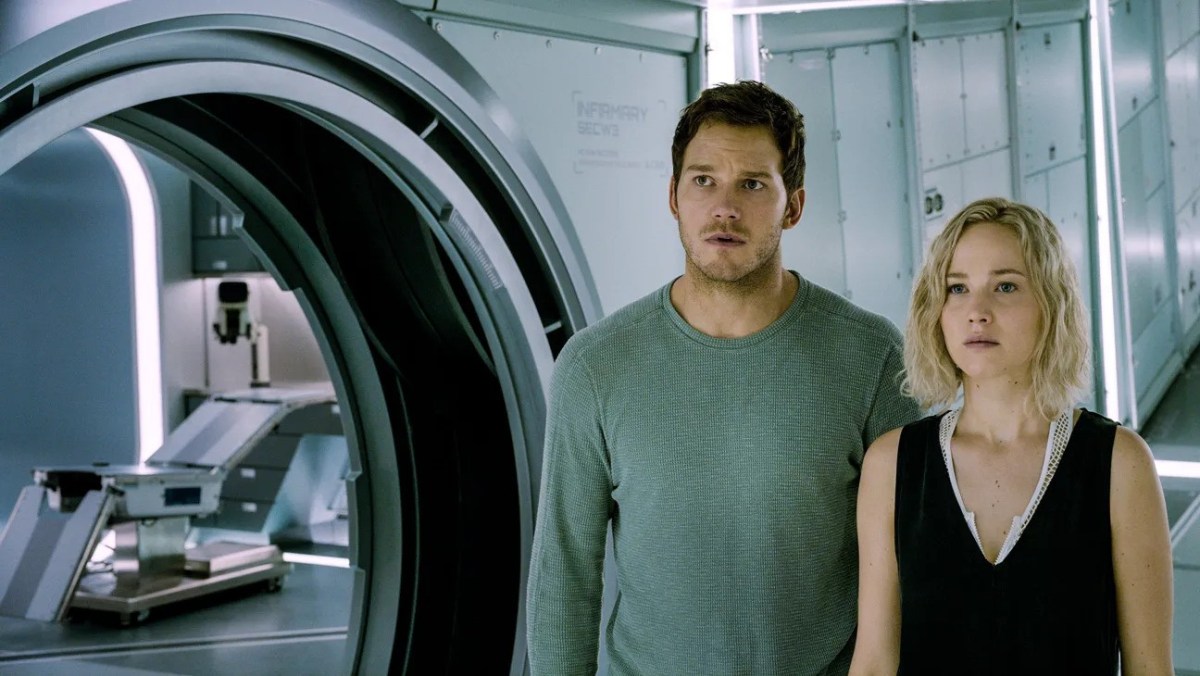Out of all of the movies from summer 2023, Barbie and Oppenheimer stood out. While most people are familiar with exactly what Barbie is and the toy franchise it’s based on, fewer are likely to know of J. Robert Oppenheimer and why Christopher Nolan decided to make a movie about him. I always love talking about the history behind certain films and pop culture events, so let’s discuss whether or to what extent Oppenheimer is a true story.
The True Story of Oppenheimer, Outside of Movies
Oppenheimer tells the story of Julius Robert Oppenheimer. Born in 1904 to German Jewish immigrants in New York, Oppenheimer went to several universities, including Harvard, to study topics like chemistry and physics. He spent most of the late 1930s in California but was eventually roped into a program funded by the United States government called the Manhattan Project, which was centered on developing nuclear weapons for deployment.
In 1938, two German scientists had discovered what nuclear fission was and proposed the theory that a chain reaction of repeatedly splitting atoms might lead to the creation of a powerful explosive weapon, now more commonly known as an atomic bomb. Because this was the late 1930s in Nazi Germany, it’s not that hard to believe that the Nazis were interested in actually creating this nuclear weapon of mass destruction, funding a group called the Uranverein, or Uranium Club, to create it. In response, in 1942, after several years of requests and acquiring funding, President Franklin D. Roosevelt approved a U.S. program and enlisted the British government to assist.
Shortly after, Oppenheimer was brought onto the project due to some of his connections from Harvard being a part of it and began to rise through the ranks. Oppenheimer eventually became head of the Los Alamos Laboratory in New Mexico, the location that was entirely dedicated to development of the atomic bomb. Under his leadership, their experimentations with uranium and plutonium led to the successful development of a theoretical weapon of mass destruction. I say theoretical because Oppenheimer and his team still needed to test it.
After over a year of determining the test site, developing the bomb, and coordinating its delivery to the site in the Jornada del Muerto Desert in New Mexico, Oppenheimer was ready to prepare and test his bomb. This event, known as Trinity, took place on July 16, 1945. This was because then-President Harry S. Truman wanted the test done a few days before the Potsdam Conference, an event where the Allies were set to determine the fate of Germany now that they had surrendered, and Truman wanted a stronger position at the negotiating table in the form of a successful nuclear explosion. The test was successful, with the elation of the scientists quickly replaced by horror and silence, aghast at just how powerful the explosion was and what they had created. Following the explosion, Oppenheimer would compare the event to a quote from a sacred Hindu text, the Bhagavad Gita: “Now am I become Death, the destroyer of worlds.”
Shortly after the Trinity test, on August 6, 1945, the United States dropped an atomic bomb on the Japanese city of Hiroshima, followed by a second explosion three days later on the Japanese city of Nagasaki. While it’s somewhat unclear whether or not Oppenheimer was in favor of the use of the atomic bombs on these cities (some accounts say he thought the detonation was a necessary evil, while others say that the second detonation was completely unnecessary), what is clear is that he met shortly afterward with President Truman to express his dissatisfaction with the destruction they caused.
Oppenheimer claimed that he had blood on his hands due to the death he caused and felt that the events of Hiroshima and Nagasaki would lead to a slippery slope of continued nuclear warfare. Truman angrily shouted back that Oppenheimer should stop worrying and Truman would assume the guilt due to his position as the commander-in-chief. Truman then kicked Oppenheimer out of his office, allegedly saying he never wanted to see Oppenheimer again over this insubordination.
Oppenheimer would go on to work with the U.S. Atomic Energy Commission to regulate the use of nuclear weapons. By this time, the Cold War was going strong with both the United States and the Soviet Union developing and stockpiling nuclear weapons. Due to his opposition to his own creation, Oppenheimer wanted to prevent the usage of nuclear weapons and stop their development. However, he was fired from the organization when he resisted President Truman’s desire to make an even stronger nuclear weapon, a hydrogen bomb. Because of this further insubordination, the government viewed him as being sympathetic to the Soviet Union, which was a no-no in the age of McCarthyism, where the government was all too eager to stamp out dissent and persecute anyone who could even be perceived as being pro-USSR or anti-American. After his termination, Oppenheimer would live the rest of his life blacklisted by the United States government and believed by the public to be a Soviet spy up until his death in 1967.
With all that being said, it’s difficult to delineate how faithful the Christopher Nolan movie depiction of Oppenheimer is on a nuts-and-bolts level, but it draws significantly from the praised biography, American Prometheus. The film mostly delves into the Trinity test, and Gary Oldman plays President Truman. So we’ll just have to see how far the film will go into exploring his life and personal demons.





